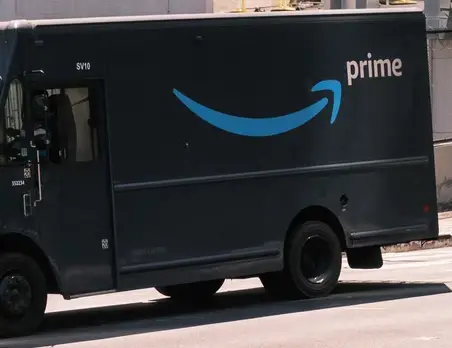Amazon has revealed it is now hiring at the slowest pace since 2019, and it has just cut over 100,000 jobs globally in the last quarter due to the economic slowdown since 2021. It is the largest single-quarter workforce cut in the company’s history. Even though Amazon lost a net $2 billion, the cuts likely produced the better than estimated revenues and the optimistic profit estimates for the third quarter.
As companies look to improve earnings reports for investors, it is inevitable they will fall back on diminishing overhead using layoffs, to improve investor perceptions of company health. Tech companies have cut over 30,000 jobs in the US in the past few month. Meanwhile in the US unemployment claims have now reached 8 month highs.
Following on the rush of demand produced when the Covid-19 pandemic left people locked at home with thousands in stimulus funds burning holes in their pockets, the tech sector has been dragged back down to reality of late as consumers return to in-person shopping, the stimulus wears off, and now inflation begins to diminish demand.
In the wake of the slowdown, layoffs and hiring freezes have proven inevitable. Alphabet has frozen hiring. Tesla has said it will cut 10,000 staff. Coinbase has let go 18% of its employees. Meanwhile Meta, Apple, Microsoft, Netflix, Peloton, Robinhood, Twitter, and other tech companies have all been rolling back job offers, freezing hiring, and letting go of unneeded and unproductive employees.
This swift reversal in hiring and economic outlook is a measure of how unexpectedly powerful and tenacious inflation has proven to be, and what experts think it will take for the Fed to bring it under control. It also reflects how fragile even the most powerful Big Tech companies are dependent on customers who are flush with money, and short on real-world opportunities to spend their money.
As those factors change, investors will want to take note.

